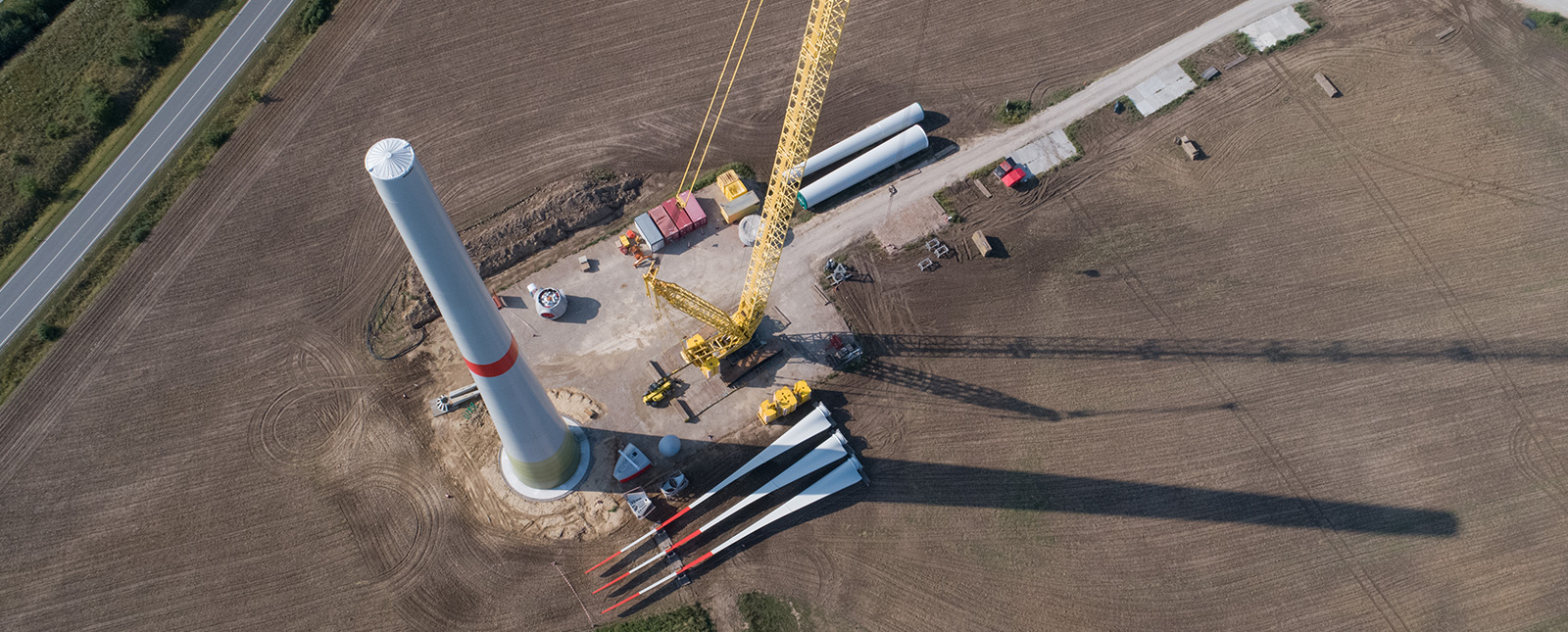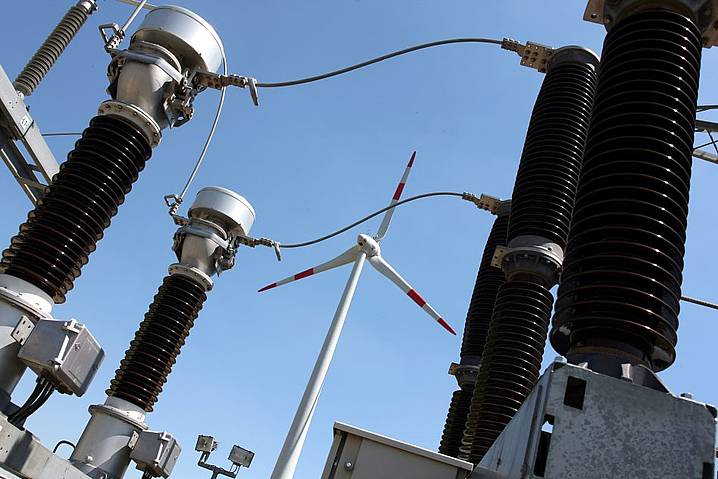
DunoAir: From planning to sucessfull operating.
The development of a project is an intensive work process that is constantly adapted to the current conditions. Our projects are managed by the same project developer from the very beginning until completion. This ensures best possible knowledge of the project with all its features and serves as the basis for a trustful cooperation. We are thus in a position to quickly and flexibly respond to requests and proposals for change and are always in close contact with all parties involved.

Here are the main investigations to be completed for the planning of wind farms:
Nature conservation assessment
In advance of the official approval process, a number of examinations that were defined in the course of a so-called Scoping Meeting with the approving authority must be performed. This includes, for example, an inventory of plant and animal species existing at the proposed site. In this context, it is required to monitor bird migration in spring and autumn and breeding birds and bats that are common in the planning area must be identified. But also the mapping of habitats and protected plant species is included in the scope of the assessment.
Noise control study
The Noise Control Study examines to what extent noise loads are expected to develop in the surroundings of a proposed project. For this purpose, the so-called noise emission level is calculated for selected exposed points using physical models. This resulting value indicates how loud it will presumably be in these points. The Technical Instructions on Noise Protection (TA Lärm) define limit values for noise emissions, e.g., in the area of residential developments. As the maximum permitted emission value for night hours is generally well below the permitted daytime values, this value is used as a reference value for calculations. If the study comes up with a negative result – i.e., the emissions produced by the proposed project are too high – the project must be replanned or, if this is not possible, operated with noise optimisation measures.
Shadow flicker analysis
Besides noise emissions, subjective stress caused by periodical shadow casting is a key issue for wind power projects. For the calculation, a worst-case scenario is assumed. This scenario involves that on 365 days per year the sun is shining from dawn to dusk, with no clouds or fog. It is also assumed that the rotor is always perpendicular to the solar radiation and the plant is running at full speed. The sum of the shadow cast in a certain point in the worst case scenario must not exceed 30 h per year and 30 minutes per day. In addition, the actual probability of shadow casting is also calculated. This is a maximum of 8 h per year and 30 minutes per day. If the limits cannot be adhered to, the project must be replanned and shadow modules installed in the equipment.
Planning & Development
At the beginning there is the idea: The cornerstones of a project are discussed and established together with all stakeholders at an early stage. The search for a suitable location includes, for example, the study of maps, zoning and land-use plans. From this, it becomes clear which areas are to be excluded and which are priority areas for the planning of a wind farm. For example, areas used for the extraction of raw materials, nature reserves or habitat areas (biotopes) are generally excluded from use. Particularly accurate and intensive investigations are needed in bird reserves and FFHs (Flora Fauna Habitats).
If a consensus of the partners becomes apparent, we commission independent experts to perform the necessary investigations. Wind power plants must be applied for and approved pursuant to the respectively applicable national regulations (Germany: Bundesimmissionsschutzgesetz (BImSchG) / Federal Immission Control Act). While plants could still be planned and erected without extensive investigations in the time before 2004, investigation efforts are now materially higher.
